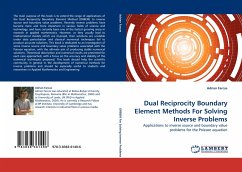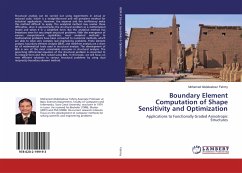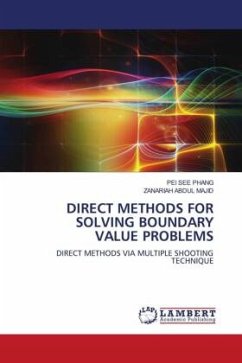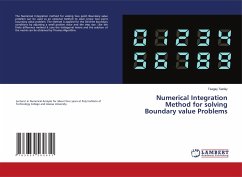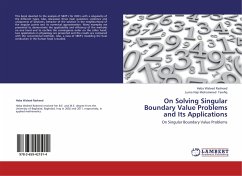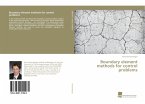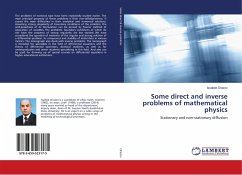The main purpose of this book is to extend the range of applications of the Dual Reciprocity Boundary Element Method (DRBEM) to inverse source and boundary value problems. Recently inverse problems have become more and more important in various fields of science and technology, and have certainly been one of the fastest growing areas in research in applied mathematics. However, as they usually lead to mathematical models which are ill-posed, their solutions are unstable under data perturbation and classical numerical techniques fail to produce accurate solutions. This book is dedicated to an investigation of some inverse source and boundary value problems associated with the Poisson equation, with the ultimate aim of producing stable numerical solutions. Theoretical description and numerical results are presented for each case approached, with a focus on the accuracy and stability of the numerical techniques proposed. This book should help the scientific community in general in the development of numerical methods for inverse problems and should be especially useful to students and researchers in Applied Mathematics and Engineering.

